Can Hair Grow Back After Thinning?
Explore 'Can hair grow back after thinning?' to discover solutions, understand causes, and learn about preventive measures for hair thinning.
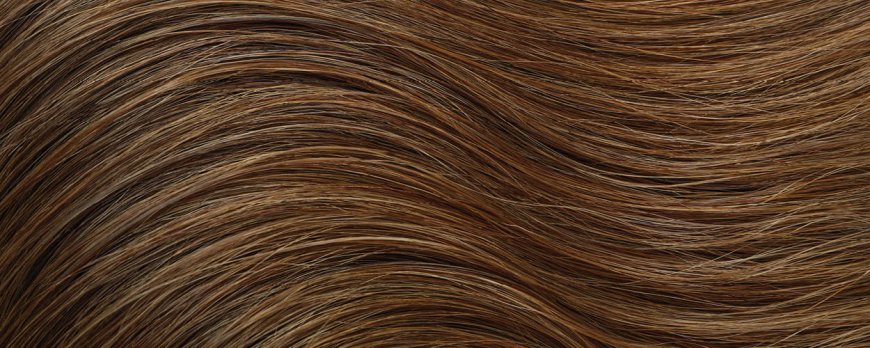
Can Hair Grow Back After Thinning?
Hair thinning is a common concern for many individuals, and understanding whether hair can grow back after thinning is essential for finding appropriate solutions. Family history, the location of hair loss, age, stress levels, hormonal imbalances, nutrient deficiencies, and other factors can contribute to hair thinning. In some cases, such as genetic baldness, hair may not grow back on its own. However, there are various treatment options available to promote hair growth and restore thinning hair.
Key Takeaways:
- Hair thinning can be caused by a variety of factors, including genetics, age, stress, hormonal imbalances, and nutrient deficiencies.
- For some individuals, hair may not naturally grow back after thinning, especially in cases of genetic baldness.
- Treatment options such as FDA-approved medications, non-surgical treatments, and advanced procedures like hair transplants and follicle transplants can help restore hair growth.
- Consulting with a dermatologist or medical professional is recommended to determine the best course of action for hair restoration.
- Maintaining proper hair care practices, avoiding harsh chemicals and hairstyles that cause traction alopecia, and managing stress levels can promote healthy hair growth.
Understanding the underlying causes of hair thinning and seeking appropriate treatment is crucial for individuals experiencing hair loss. With the right approach, it is possible to promote hair regrowth and restore confidence in one's appearance.
Understanding Hair Thinning and its Causes
Hair thinning can be attributed to a variety of factors, such as genetic predisposition, hormonal imbalances, and nutrient deficiencies. These factors contribute to the gradual shrinkage of hair follicles, resulting in thinner and weaker hair strands. Understanding the causes of hair thinning is crucial in determining the most effective solutions for restoring hair growth.
Genetic Predisposition: Family history plays a significant role in hair thinning. If you have relatives who experienced hair loss or thinning, you may be more susceptible to these conditions.
Hormonal Imbalances: Hormones, particularly dihydrotestosterone (DHT), can negatively impact hair follicles, leading to hair thinning. Hormonal fluctuations during pregnancy or menopause, as well as conditions like polycystic ovary syndrome (PCOS), can contribute to hair loss.
Nutrient Deficiencies: Inadequate intake of essential nutrients, such as vitamins, minerals, and proteins, can weaken hair follicles and impede healthy hair growth. Nutrients like biotin, zinc, iron, and vitamin D are crucial for maintaining strong and vibrant hair.
The Importance of Identifying the Underlying Cause
Identifying the underlying cause of hair thinning is vital for tailoring an effective treatment plan. Consulting with a dermatologist or medical professional can help pinpoint the exact cause through diagnostic tests and evaluations. Once the cause is determined, appropriate solutions can be recommended to promote hair regrowth and prevent further thinning.
- Genetic Hair Thinning: For individuals with a family history of genetic hair thinning, treatment options may focus on slowing down the progression of hair loss and maintaining existing hair. Medications like Propecia can be prescribed to inhibit the production of DHT, while minoxidil can stimulate hair growth.
- Hormonal Imbalances: If hormonal imbalances are the root cause of hair thinning, addressing the underlying hormonal issue through medication or lifestyle changes may be necessary. This could involve hormone replacement therapy, managing stress levels, or modifying contraceptive methods.
- Nutrient Deficiencies: Improving nutrient intake through a well-balanced diet and, if needed, supplements can help restore hair health. Incorporating foods rich in biotin, iron, and other hair-friendly nutrients can support the regrowth of thicker and stronger hair.
By understanding the causes of hair thinning and seeking professional guidance, individuals can take proactive steps towards achieving healthier, fuller hair. Whether through medical treatments, lifestyle adjustments, or a combination of both, restoring hair growth is possible with the right approach.
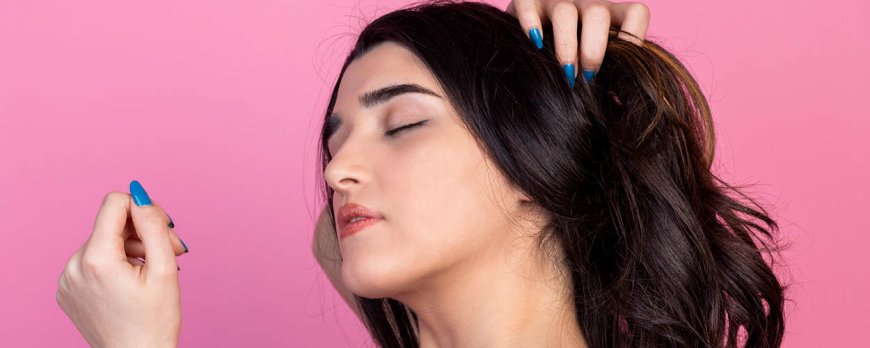
Treatment Options for Hair Thinning
There are various treatment options available to address hair thinning, ranging from medications to non-surgical procedures. If you are experiencing hair thinning, it is important to consult with a dermatologist or medical professional to determine the best course of action for your specific situation.
One option is to consider FDA-approved medications like Propecia and minoxidil. These medications have shown effectiveness in promoting hair growth and preventing further thinning. They work by targeting the underlying causes of hair loss and stimulating hair follicles.
Non-surgical treatments such as light therapy and topical solutions can also be considered. Light therapy involves using low-level laser therapy to stimulate hair follicles and encourage regrowth. Topical solutions, on the other hand, can be applied directly to the scalp to nourish hair follicles and promote healthy growth.
In more advanced cases of hair thinning, hair and follicle transplants may be recommended. Hair transplants involve taking hair from areas of the scalp with thicker hair and transplanting them to areas with thinning or no hair. Follicle transplants, on the other hand, involve transferring individual hair follicles to promote new growth.
Key Takeaways:
- Various treatment options are available for hair thinning, including medications, non-surgical treatments, and surgical procedures.
- FDA-approved medications like Propecia and minoxidil can help stimulate hair growth and prevent further thinning.
- Non-surgical treatments like light therapy and topical solutions can nourish hair follicles and promote healthy growth.
- In more advanced cases, hair and follicle transplants can be considered to restore hair density.
How to Naturally Promote Hair Growth
In addition to conventional treatments, there are natural remedies and tips that can help promote hair growth. These methods, often used as complementary approaches, can contribute to healthier hair and scalp. Here are some natural remedies and tips to consider:
- Eat a balanced diet: A nutritious diet plays a vital role in hair health. Include foods rich in vitamins, minerals, and proteins, such as leafy greens, fish, eggs, nuts, and fruits, to provide your body with the essential nutrients needed for hair growth.
- Massage your scalp: Massaging your scalp with gentle pressure can help stimulate hair follicles and improve blood circulation. Use your fingertips to massage in circular motions for a few minutes each day, which may promote hair growth.
- Use essential oils: Certain essential oils, like lavender, rosemary, and peppermint, have been touted for their potential to promote hair growth. Dilute a few drops of your preferred essential oil with a carrier oil like coconut or jojoba oil, and gently massage it into your scalp.
- Avoid harsh chemicals: Many hair care products, such as shampoos and styling products, contain harsh chemicals that can damage the hair and scalp. Opt for natural and organic hair care products that are free from sulfates, parabens, and other harmful ingredients to promote healthier hair growth.
Remember, these natural remedies and tips may not work for everyone, and results may vary. It's important to consult with a medical professional or dermatologist before trying any new treatments or supplements. They can help determine the underlying cause of your hair thinning and provide personalized advice for promoting hair growth.
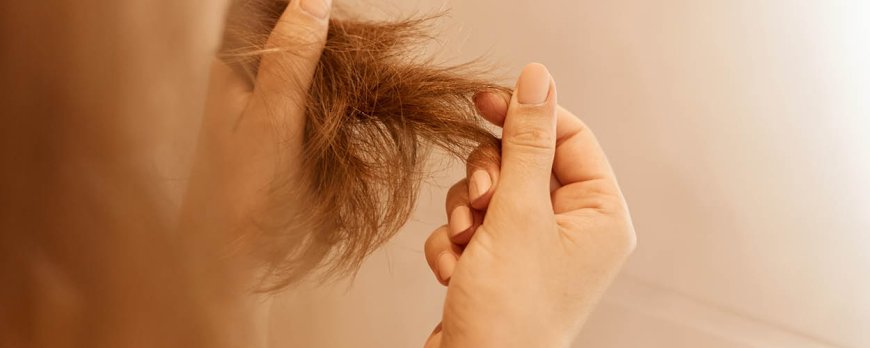
Seeking Professional Guidance for Hair Restoration
Consulting with a dermatologist or medical professional is crucial when seeking the most effective treatment for hair thinning. These experts have the knowledge and experience to accurately diagnose the underlying causes of your hair thinning and recommend appropriate treatment options.
During a consultation, a dermatologist will conduct a thorough examination of your scalp and hair, considering factors such as family history, location of hair loss, and any other relevant medical conditions. They may also order blood tests to check for hormonal imbalances or nutrient deficiencies that could be contributing to your hair thinning.
Based on their findings, they will tailor a treatment plan specific to your needs. This may include FDA-approved medications like Propecia and minoxidil, which have been proven to promote hair growth and reduce further thinning. They may also recommend non-surgical treatments such as light therapy or topical solutions to stimulate regrowth.
Natural Hair Growth Tips
In addition to medical treatments, your dermatologist may suggest incorporating natural remedies into your hair care routine. These can include maintaining a balanced diet rich in vitamins and minerals, practicing regular scalp massage to increase blood circulation to the hair follicles, using essential oils like rosemary or lavender to promote growth, and avoiding harsh chemicals found in certain hair care products.
By seeking professional guidance, you can ensure that you receive the most appropriate and effective treatment for your hair thinning. Consulting with a dermatologist or medical professional will help you understand the underlying causes of your hair thinning and provide you with the necessary resources to restore and promote healthy hair growth.
Adopting Healthy Hair Care Practices
Proper hair care plays a vital role in preventing and managing hair thinning. By incorporating healthy habits into your hair care routine, you can promote hair growth and maintain the health of your hair.
- Gentle Cleansing: Opt for mild shampoos and conditioners that are free from harsh chemicals. Avoid excessive washing, as it can strip the hair of its natural oils.
- Scalp Massage: Regularly massaging your scalp can stimulate blood flow and promote hair growth. Use your fingertips to gently massage in circular motions for a few minutes each day.
- Essential Oils: Certain essential oils, such as lavender, rosemary, and peppermint, have been shown to support hair growth. Dilute a few drops of your preferred essential oil with a carrier oil, such as coconut or jojoba oil, and massage it into your scalp.
- Heat and Chemical Protection: Minimize heat styling tools and chemical treatments, as they can damage the hair shaft. If you must use heat, apply a heat protectant spray beforehand, and opt for natural hairstyles that do not cause tension or breakage.
Additionally, it's important to manage stress levels, as chronic stress can contribute to hair thinning. Engaging in stress-reducing activities, such as exercise, meditation, or spending time in nature, can help maintain a healthy hair growth cycle.
By adopting these healthy hair care practices, you can help prevent further hair thinning and promote optimal hair growth. However, it's important to remember that individual results may vary, and consulting a dermatologist or medical professional is recommended to address specific concerns and receive personalized guidance.
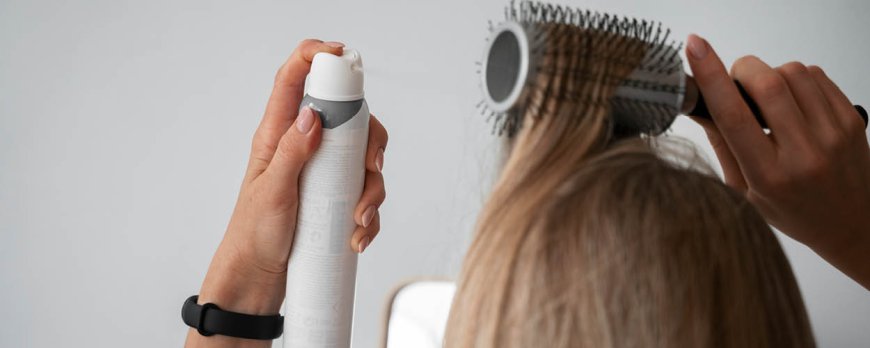
Understanding the Difference Between Hair Thinning and Baldness
It is essential to understand the difference between hair thinning and baldness to determine appropriate treatment options. Hair thinning refers to the gradual reduction in hair density, where the hair becomes visibly thinner and may show signs of miniaturization. It can occur due to various factors, including genetic predisposition, hormonal imbalances, stress, nutrient deficiencies, and aging. Hair thinning can be reversible in some cases, especially when the underlying cause is addressed.
Causes of Hair Thinning:
- Genetic factors
- Hormonal imbalances
- Stress levels
- Nutrient deficiencies
- Aging
Baldness, on the other hand, refers to the significant loss of hair, resulting in a complete or near-complete absence of hair follicles. It is most commonly associated with male pattern baldness, also known as androgenetic alopecia, which is primarily caused by genetics and hormonal factors. In cases of baldness, hair regrowth without intervention is unlikely, and more advanced treatment options such as hair transplants may be necessary for restoration.
Treatment Options for Hair Thinning:
- FDA-approved medications like Propecia and minoxidil
- Non-surgical treatments like light therapy and topical solutions
- Advanced options like hair transplants and follicle transplants
To determine the appropriate course of action for hair restoration, it is essential to consult with a dermatologist or medical professional. They can provide a personalized assessment and recommend the most suitable treatment based on individual circumstances. In addition to medical intervention, adopting healthy hair care practices, such as avoiding hairstyles that cause traction alopecia, minimizing heat and chemical damage, and managing stress levels, can also help promote overall hair health and minimize further thinning.
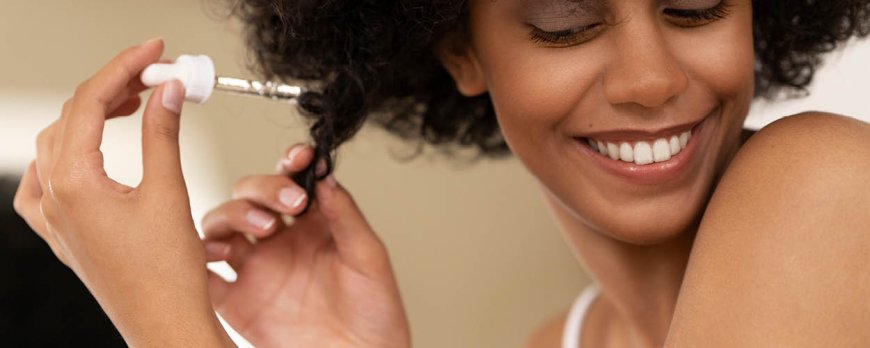
Prevention and Early Intervention for Hair Thinning
Taking preventive measures and intervening early can help address hair thinning more effectively. By identifying and addressing the underlying causes of hair thinning, it is possible to promote healthier hair growth and prevent further loss. Here are some key strategies to consider:
- Investigate the causes: Understanding the factors contributing to your hair thinning is crucial. Evaluate your family history, age, stress levels, hormonal imbalances, and nutrient deficiencies. Consult with a dermatologist or medical professional to get a proper diagnosis.
- Consider FDA-approved treatments: There are medications like Propecia and minoxidil that have been approved by the FDA for hair loss treatment. These can help stimulate hair growth and slow down further thinning.
- Explore non-surgical options: Light therapy and topical solutions can be effective in promoting hair regrowth. These treatments work by stimulating the hair follicles and improving blood circulation to the scalp.
- Consider advanced treatments: In more severe cases, hair transplants or follicle transplants may be necessary. These procedures involve transplanting hair follicles from one area of the scalp to another, promoting new hair growth.
Additionally, adopting healthy hair care practices can also contribute to preventing and addressing hair thinning. Avoid hairstyles that cause traction alopecia, such as tight ponytails or braids, as they can lead to hair loss. Minimize heat and chemical damage by using gentle hair care products and avoiding excessive use of hairstyling tools. Managing stress levels through relaxation techniques, exercise, and a balanced lifestyle can also have a positive impact on hair health.
In conclusion, taking preventive measures and intervening early are essential in addressing hair thinning effectively. By understanding the underlying causes and exploring appropriate treatments, it is possible to promote hair growth and prevent further loss. Consulting with a professional and adopting healthy hair care practices will contribute to maintaining healthy and voluminous hair.
Conclusion
While the possibility of hair regrowth after thinning depends on various factors, seeking professional guidance and adopting healthy practices can help promote hair growth.
Hair thinning and baldness are two different conditions, and the ability for hair to grow back after thinning depends on the cause. Factors such as family history, age, stress levels, hormonal imbalances, and nutrient deficiencies can contribute to hair thinning. In some cases, such as genetic baldness, hair may not grow back on its own.
Fortunately, there are various treatment options available for those experiencing hair thinning. FDA-approved medications like Propecia and minoxidil have shown efficacy in promoting hair regrowth. Non-surgical treatments such as light therapy and topical solutions can also be effective.
In more advanced cases, hair transplants and follicle transplants provide options for restoring hair density. However, it is essential to consult with a dermatologist or medical professional to determine the best course of action for hair restoration based on individual circumstances.
Additionally, adopting healthy hair care practices can help prevent further hair thinning and promote overall hair health. This includes avoiding harsh chemicals in hair care products, managing stress levels, and avoiding hairstyles that cause traction alopecia.
In conclusion, while the ability for hair to grow back after thinning can vary depending on the underlying cause, seeking professional guidance and adopting healthy practices can maximize the potential for hair regrowth.
FAQ
Can hair grow back after thinning?
The ability for hair to grow back after thinning depends on the cause. In some cases, such as genetic baldness, hair may not grow back on its own. However, there are various treatment options available that can help promote hair regrowth.
What are the causes of hair thinning?
Hair thinning can be caused by various factors including family history, the location of hair loss, age, stress levels, hormonal imbalances, and nutrient deficiencies. Identifying the underlying cause is important in determining the appropriate treatment.
What treatment options are available for hair thinning?
Treatment options for hair thinning include FDA-approved medications like Propecia and minoxidil, as well as non-surgical treatments like light therapy and topical solutions. Advanced cases may require hair transplants or follicle transplants.
How can I naturally promote hair growth?
Natural remedies to promote hair growth include maintaining a balanced diet, scalp massage, using essential oils, and avoiding harsh chemicals in hair care products.
Should I consult with a professional for hair restoration?
It is recommended to consult with a dermatologist or medical professional for proper diagnosis and treatment of hair thinning. They can provide personalized guidance based on individual circumstances.
What healthy hair care practices should I adopt?
Adopting healthy hair care practices can help prevent further hair thinning. This includes avoiding hairstyles that cause traction alopecia, minimizing heat and chemical damage, and managing stress levels.
What is the difference between hair thinning and baldness?
Hair thinning and baldness are two different conditions. While some forms of hair thinning can be reversible, genetic baldness may require more extensive treatment options like hair transplants.
How can I prevent and intervene early for hair thinning?
Preventive measures and early intervention strategies for hair thinning include identifying and addressing the underlying causes early on. This can lead to better outcomes in hair regrowth.


































































































































